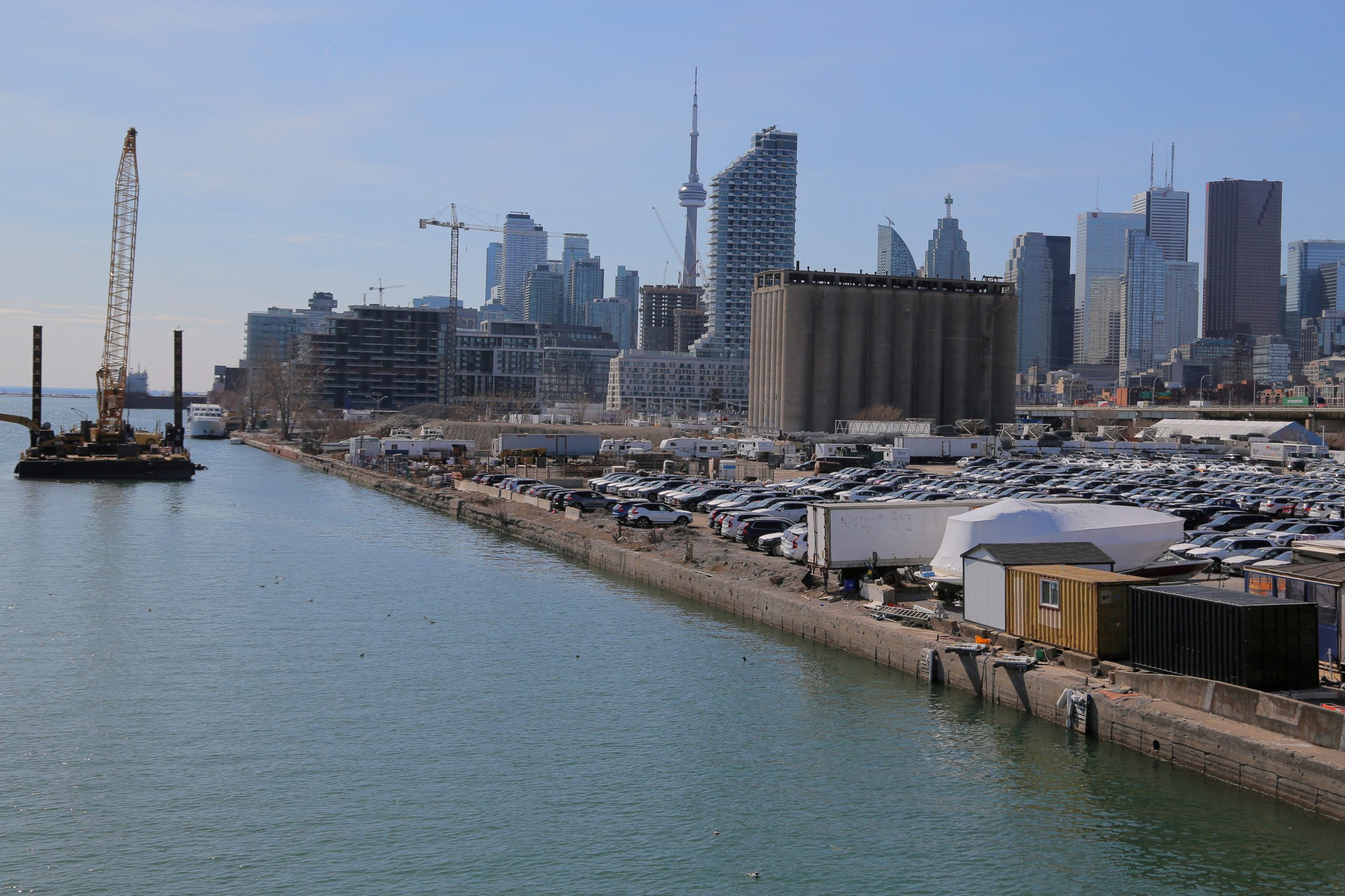The Canadian economy mostly likely started 2022 on a strong footing, despite the impact of the Omicron variant of the coronavirus, while fourth-quarter growth came in above expectations, official data showed on Tuesday.
Canada’s economy grew 6.7% in the last three months of 2021 on an annualized basis, beating analyst forecasts of 6.5%, while gross domestic product in January most likely rose 0.2% after stagnating in December, Statistics Canada data showed.
With January’s gain, which is a preliminary estimate, economic activity is now 0.6% above pre-pandemic levels, Statscan said.
“While the clouds darkened a bit before the end of the year … GDP posted a surprising 0.2% advance in January despite the Omicron wave and all of the associated job losses,” said Royce Mendes, head of macro strategies at Desjardins Group.
“The economy likely built on that momentum in February, as the latest COVID wave turned a corner, which allowed for more reopenings across the country,” he added.
The strong fourth-quarter print came in above the Bank of Canada’s own forecast in January of a gain of 5.8%. The Canadian central bank is broadly expected to raise its key interest rate to 0.50% when its meets on Wednesday.
With the Canadian economy strong and set to be boosted by higher oil prices, the central bank is unlikely to change course on its signaled increases even amid increased uncertainty following Russia’s invasion of Ukraine, economists said.
“So far I don’t see the war in Ukraine as being enough to derail those prospects, and so I expect we’ll hear the Bank of Canada guide that they are on the path toward a series of hikes tomorrow,” said Derek Holt, vice president of Capital Markets at Scotiabank.
Canada’s economy grew 4.6% in 2021, in line with Canadian government forecasts for the year.
The Canadian dollar was trading nearly unchanged at 1.2679 to the greenback, or 78.87 U.S. cents.
(Reporting by Julie Gordon in Ottawa and Ismail Shakil in Bengaluru and additional reporting by Fergal Smith in Toronto; Editing by Edmund Blair, Andrea Ricci, Jonathan Oatis and Paul Simao)
Related


































